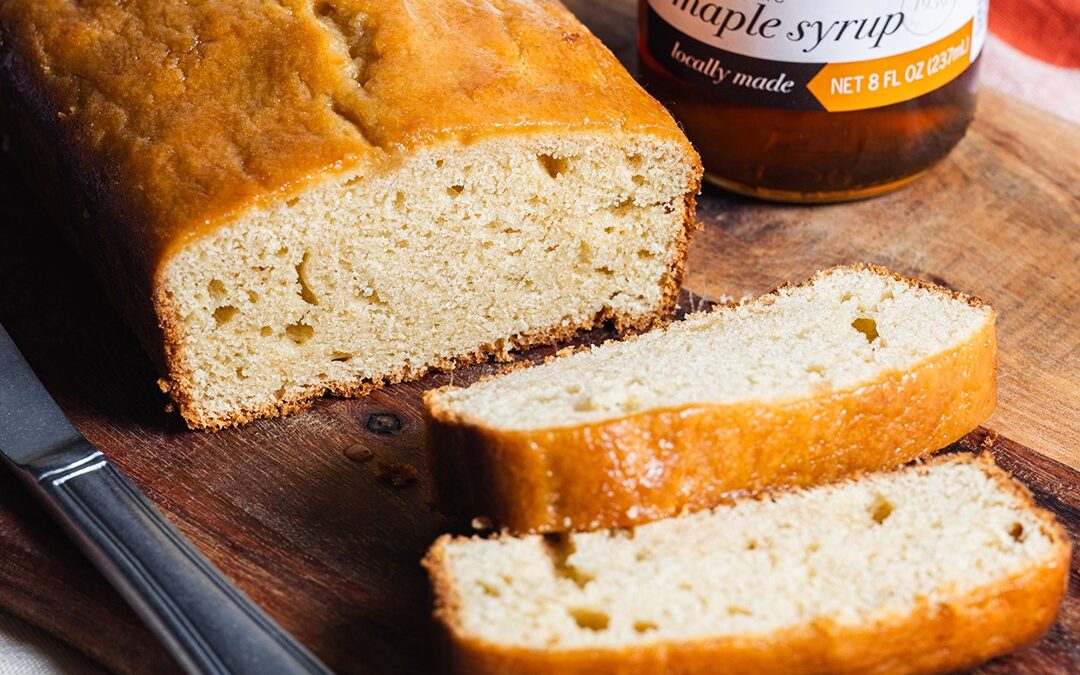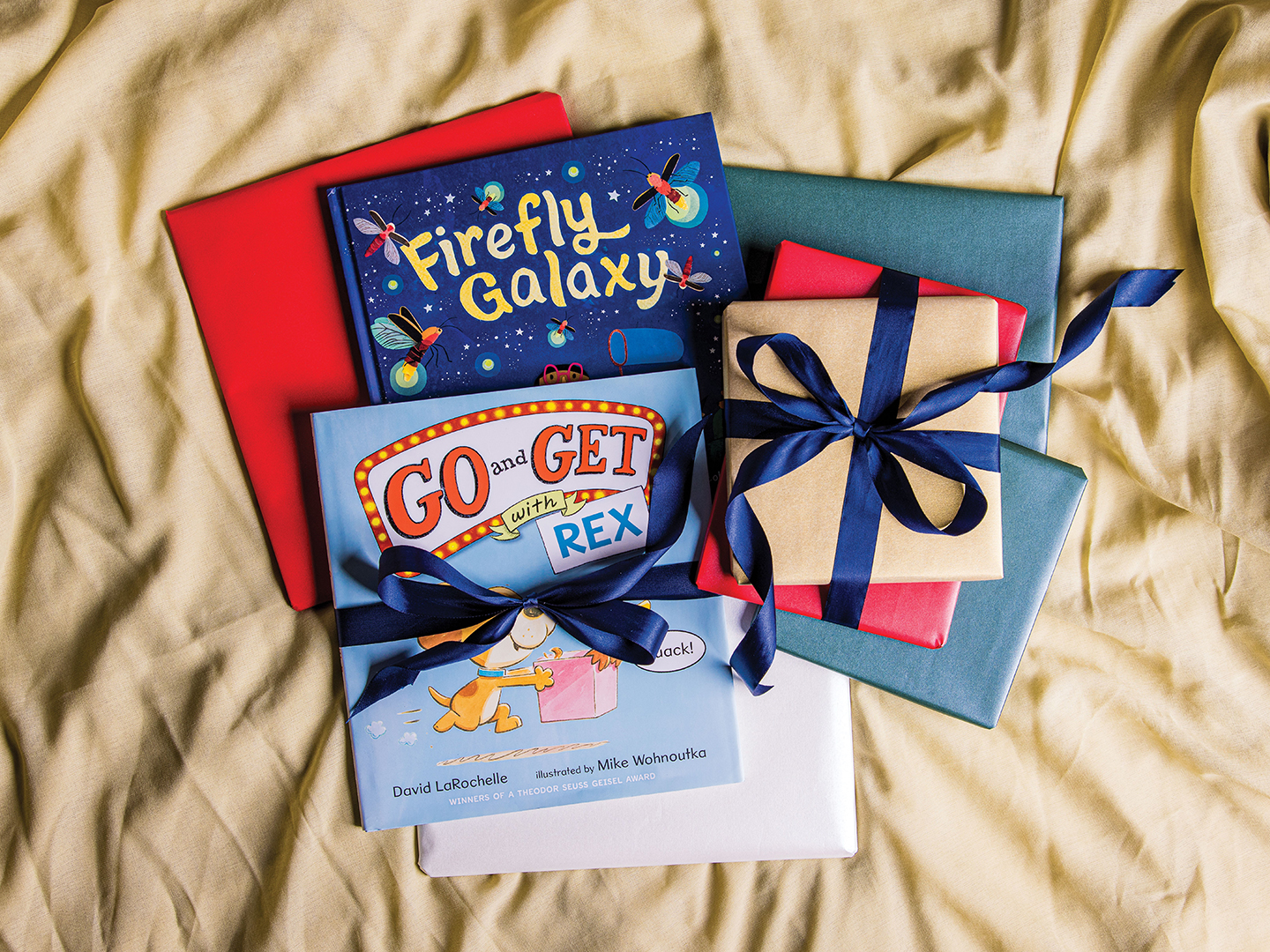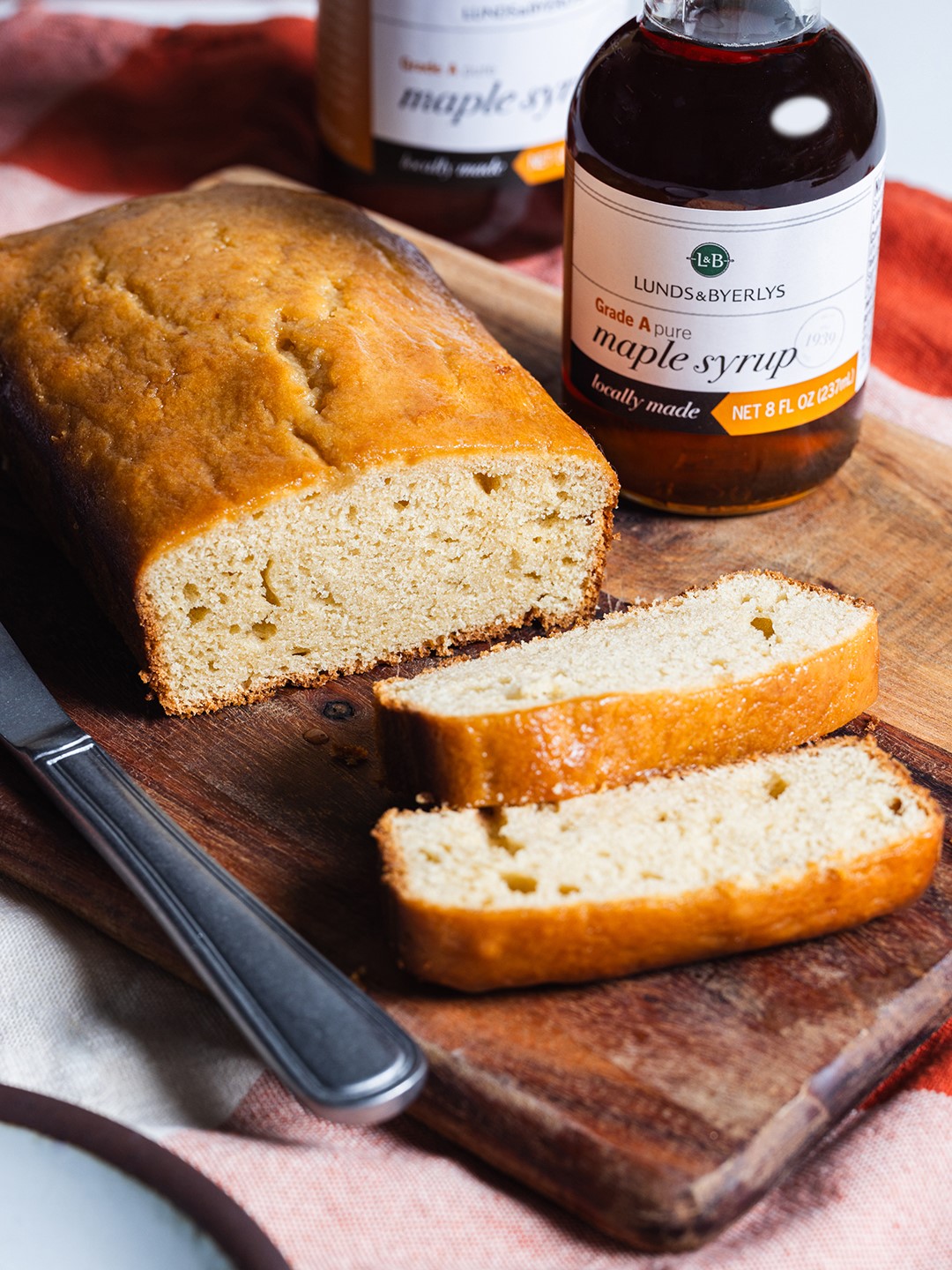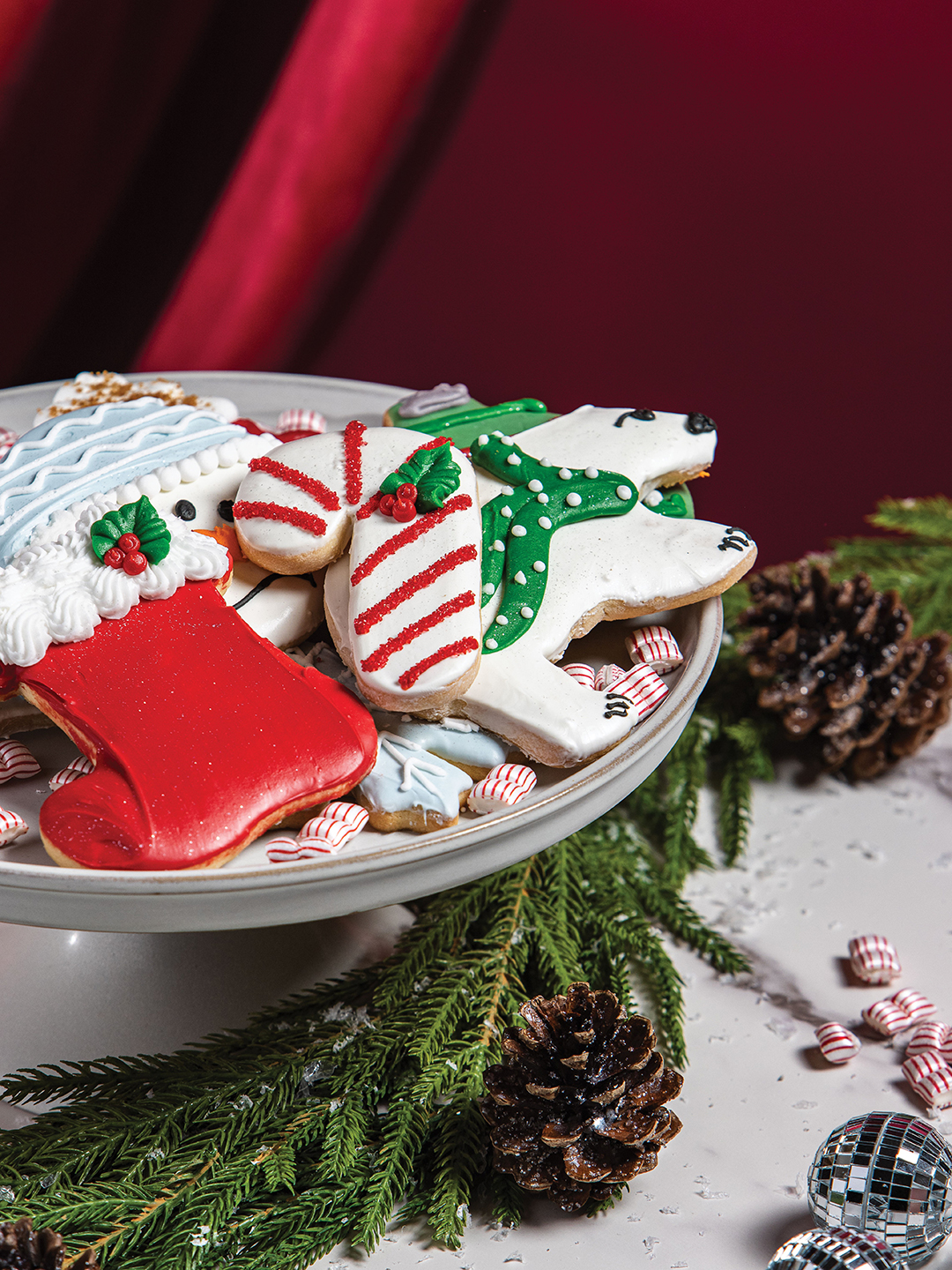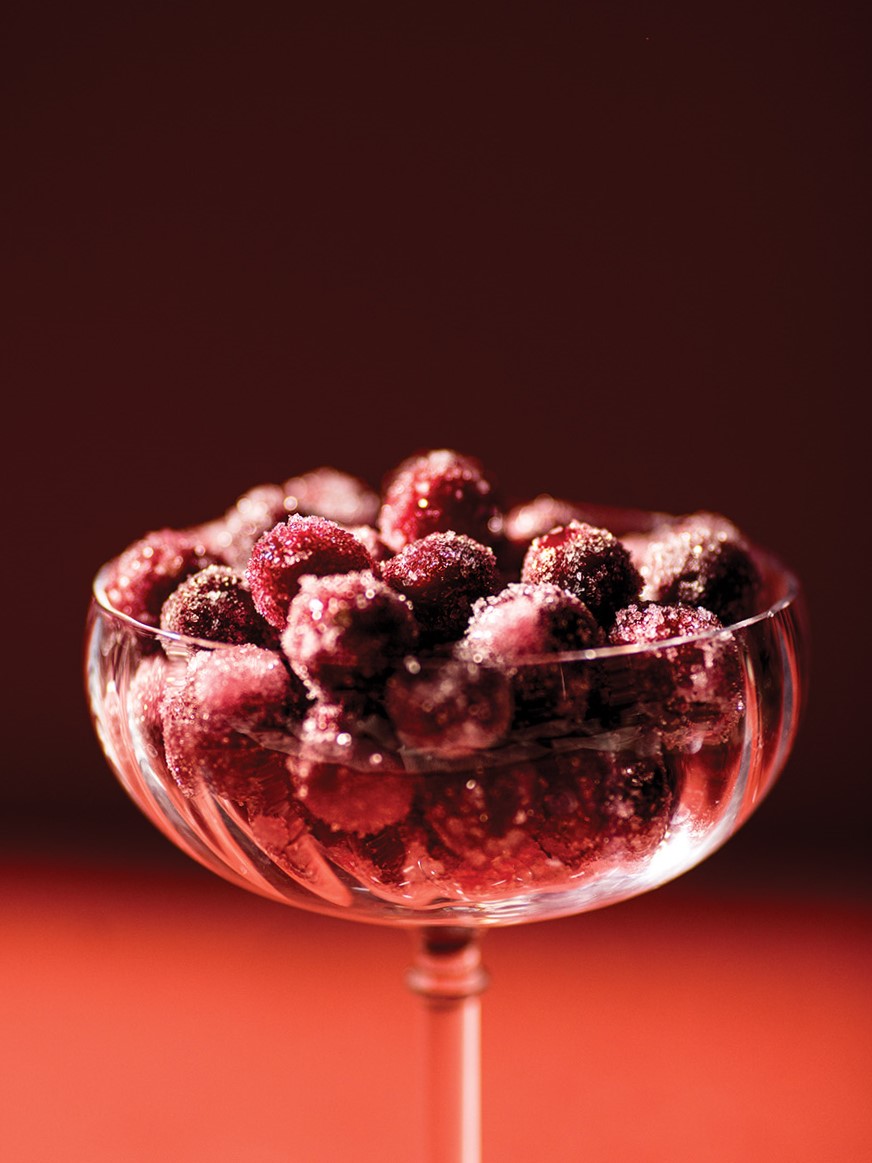
Photos: Chris Emeott
Welcome the super powers of a Thanksgiving superfruit.
Cranberries for Thanksgiving sounds like a sequel to the children’s story book Blueberries for Sal. In the classic tale, Sal and her mother pick berries to can for the winter, a tradition of harvesting and the encounters of a child that leaves delighted readers with a hankering to wander fields, collecting buckets and stories of their own.
Just across Minnesota’s eastern border, cranberry growers celebrate their own harvest traditions, raking through water-logged bogs to collect their crops for distribution all over the country.
Wisconsin is the nation’s leading producer of cranberries and harvests more than 60 percent of this country’s crop. In fact, it is believed half of the world’s crop is grown in the Badger State, according to the Wisconsin State Cranberry Growers Association (WSCGA). Though a wobbly, can-shaped gel at the holidays may be what pops to mind, the tart, red berry starts out growing on a shrub and trailing on vines in bogs supported by cool, marshy conditions. The cranberry flower produces young white fruits, which mature to their infamous deep red color before the fall harvest. Because they float—the cranberries are grown dry but harvested flooded—farmers learned long ago to flood their bogs and marshes, making fruit collection much easier to maneuver.
Late in September into early October, when the autumn’s orange and yellow leaves complement the glowing red maples, cranberry farmers wrap up their seasons in their fields, harvesting their crops. Though the harvest has finished this year, a Saturday road trip along Wisconsin’s Cranberry Highway will typically take curious cranberry lovers along a self-guided route about 50 miles long across central Wisconsin’s cranberry growing region. Among the centuries-old cranberry beds, visitors can travel from Warrens, Wisconsin, thought of as the cranberry capital of the state just south of Eau Claire to Wisconsin Rapids to see and sample the staple that will then find its way to Thanksgiving tables around the country.
While on the road, make a stop at Wetherby Cranberry Company in Warrens, where the family has grown cranberries for more than 100 years. Next, visit the cranberry museum at Discover Cranberries to observe a 1920s-era cranberry sorting mill and fresh fruit picking line. Warrens Cranberry Festival is celebrated the last full weekend in September—and it celebrated its 50th anniversary celebration this year—so a visit at the peak of the season is always a taste-filled outing.
Reap the Benefits
These colorful fruits are native to North America and were introduced by Native Americans to the early colonists who brought them to the European trade markets. The Algonquin tribes called cranberries sassamanash and used them for dyes and wound care as well as part of a healthy staple of their diets, according to the WSCGA.
With fiber, vitamins, antioxidants and polyphenols, it’s easy to see why they’re categorized by nutritionists as a superfruit. These heart healthy gems are packed with antioxidants and antimicrobial benefits. Research from the Cranberry Institute shows the flavonoids and phytonutrients in these little red fruits can help with obesity, hypertension and diabetes as well as urinary tract infections. If fresh cranberries are hard to find, The Cranberry Institute suggests an 8 oz. serving of 27 percent or more cranberry juice cocktail to get an even swap of healthful benefits.
The Headliner
Cranberries should headline any and all of the November and December holiday get togethers. “Cranberries are a family favorite for all occasions,” says Lunds & Byerlys events and demo manager Kristi Ryan. “We love the crunchy tart bites in smoothies, salads and our all-time favorite recipe: Sugared Cranberries. Everyone at our house knows how to make them, and when we bring them as host/hostess gifts, our friends are hooked!”
Whether in a glass or on the table, these tart fruits are key features in some of Lunds & Byerlys favorite recipes. (And they look nothing like your grandmother’s canned variety!)
Sparkling Cranberry Cocktail
Serves 4
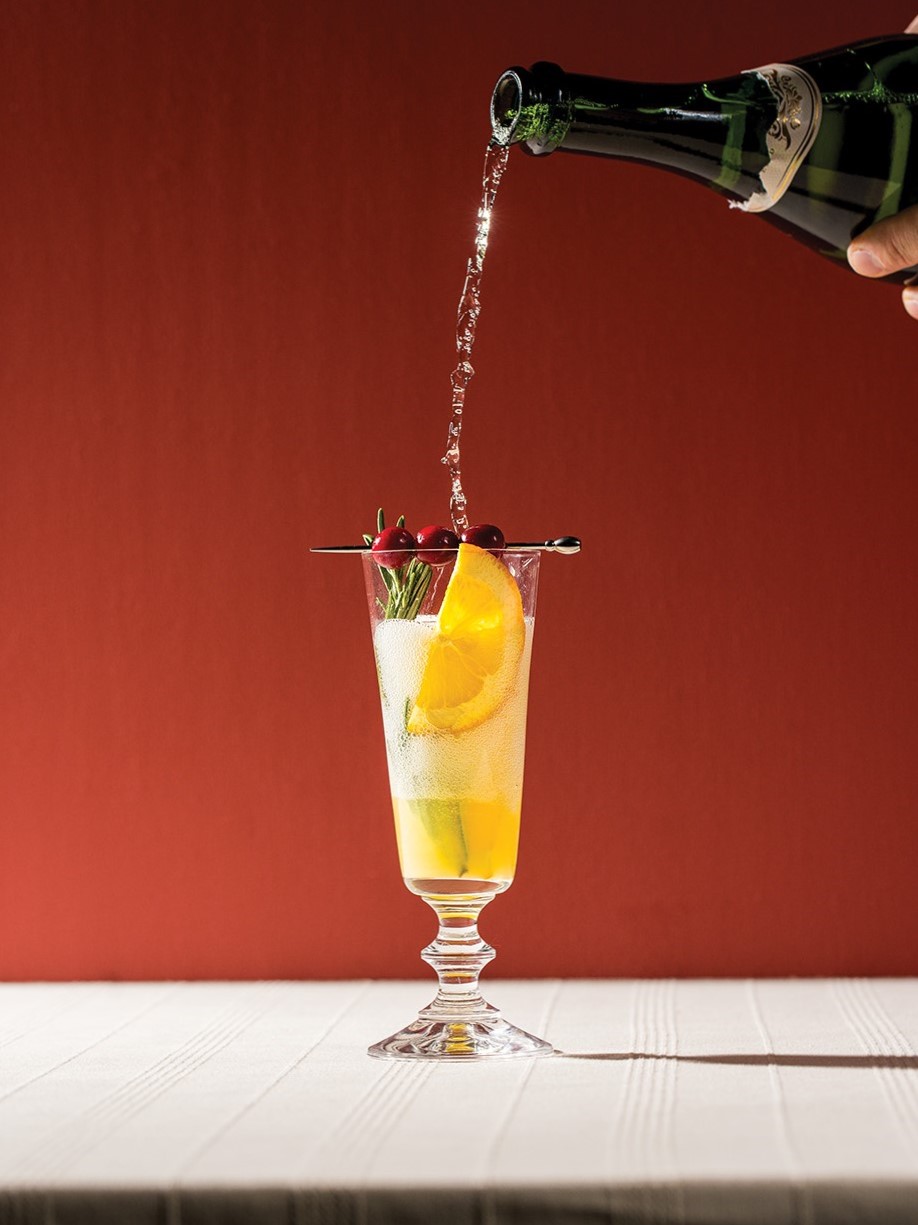
For the Cranberry-Rosemary Syrup:
- 1 heaping cup fresh cranberries
- juice of ½ lemon
- 1 cinnamon stick
- ½ cup sugar
- ½ cup water
- 2 large sprigs fresh rosemary
For the cocktails:
- 4 oz. Cranberry-Rosemary
- Syrup, divided
- 2 oz. orange juice, freshly squeezed
- 750 ml. Champagne, prosecco or sparkling white wine
- quartered orange slices, cranberries
- and rosemary sprigs, for garnish
To make the syrup, combine all six ingredients in a small saucepan, and bring to a simmer. Stir occasionally until the cranberries burst and release their juices, about five minutes. Remove the syrup from the heat, and let steep for 15 minutes. Strain into a glass jar, pressing gently on the cranberries to extract their juices. Transfer the syrup to the refrigerator to cool completely. To make one cocktail, fill a Champagne flute with 1 oz. Cranberry-Rosemary Syrup. Layer with ½ oz. orange juice, and top with 6 oz. Champagne. Garnish with an orange slice, a few cranberries and a sprig of fresh rosemary. Repeat with the remaining cocktails, and enjoy!
Cranberry Pomegranate Crostini
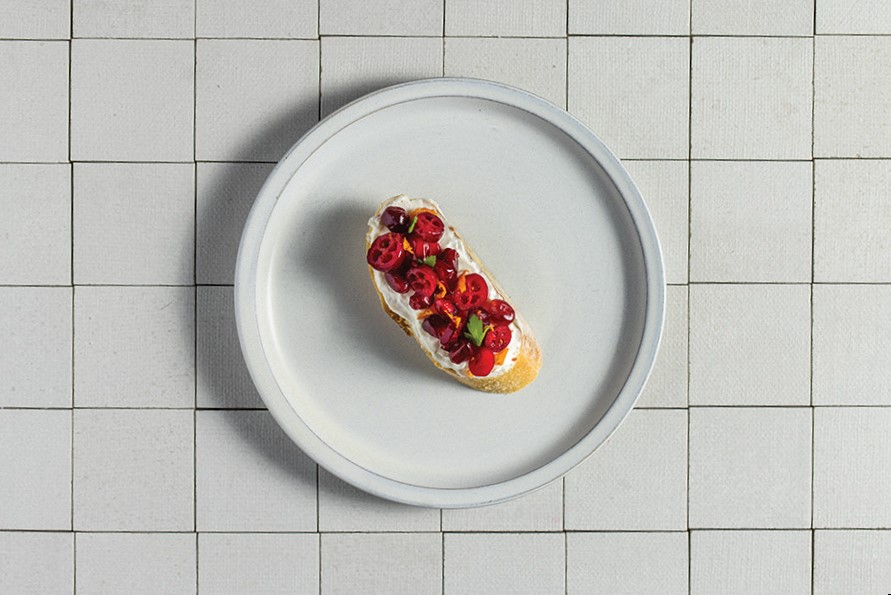
- 1 baguette
- ½ cup fresh cranberries, finely chopped
- ¼ cup pomegranate seeds
- 2 Tbsp. parsley, chopped
- 1 Tbsp. olive oil
- 1 ½ tsp. honey
- goat cheese
- fresh orange zest
- salt and pepper, to taste
Cut a baguette into slices, and toast on a baking sheet in the oven. Next, mix together ½ cup finely chopped fresh cranberries, ¼ cup pomegranate seeds, 2 Tbsp. chopped parsley, 1 Tbsp. olive oil and 1 ½ tsp. honey. Add salt and pepper to taste. Spread each baguette slice with goat cheese, and top with the cranberry-pomegranate mixture. Add fresh orange zest over the top, and serve.
Cranberry White Chocolate Blondies
Serves 16
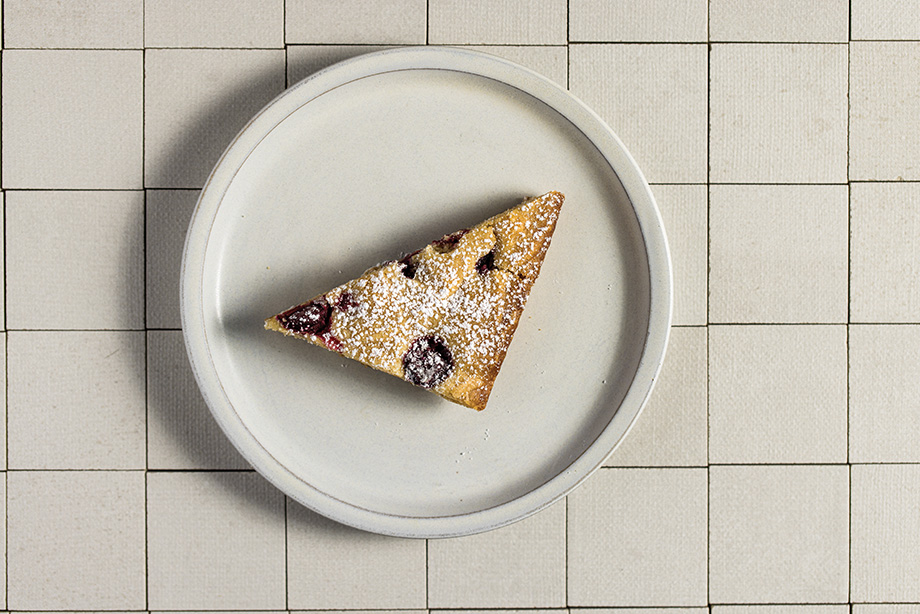
- cooking spray
- ¾ cup unsalted butter, melted
- 1 cup packed organic brown sugar
- 2 brown eggs, room temperature
- ¾ tsp. vanilla extract
- 2 ¼ cups all-purpose flour
- 1 ½ tsp. baking powder
- ¼ tsp. kosher salt
- ⅛ tsp. organic ground cinnamon
- 1 cup frozen cranberries
- ¾ cup white chocolate, coarsely chopped
- organic powdered sugar, for finishing
Heat oven to 350 degrees F. Grease a 9×13-inch baking pan with cooking spray, and line it with parchment paper, allowing two long sides to hang over the edges of the pan. In a large bowl, whisk together the butter and brown sugar until light and fluffy, about three minutes. Add the eggs, one at a time, whisking to incorporate between each addition. Whisk in the vanilla extract. In a second large bowl, mix together the flour, baking powder, salt and ground cinnamon. Using a rubber spatula, mix the dry ingredients into the wet ingredients in two additions, making sure there are no streaks of flour and the batter is smooth. Stir in the cranberries and white chocolate until evenly distributed. Pour the batter into the prepared pan, and use a rubber spatula to smooth the top. Bake for about 25 minutes until golden brown and a toothpick inserted in the center comes out clean. Let cool on a wire rack for two hours. Use the long sides of the parchment paper to lift the blondies from the pan. Cut the bars into eight equal squares, then slice the squares in half diagonally to create 16 triangles. Fill a small fine-mesh sieve with powdered sugar, and lightly dust the blondies. Leftover blondies can be stored in an airtight container for up to five days.
By the Numbers
- More than 1,000 food and beverage products contain cranberries. In fact, it takes about 4,400 cranberries (10 pounds) to make a gallon of juice. About 5 percent of the nation’s crop are sold as fresh fruit and the rest are turned into sauces, juices, dried fruit and other foods.
- A barrel (100 pounds) became the standard measurement of production of cranberries because of the way they were packaged for shipping to markets in the United States and Europe, according to the Cranberry Institute.
- Legend has it early European settlers called them “crane berries” because the flower of the fruit looked like the head and neck of the sandhill crane.
- Henry Hall, a Revolutionary War veteran, is credited with planting the first commercial cranberry bed in Massachusetts in 1816.
Let’s Face It
6381 Osgood Ave. N., Stillwater; 651.342.1532
Lunds & Byerlys
7050 Valley Creek Plaza; 651.999.1200
Facebook: Lunds & Byerlys
Instagram: @lundsandbyerlys


